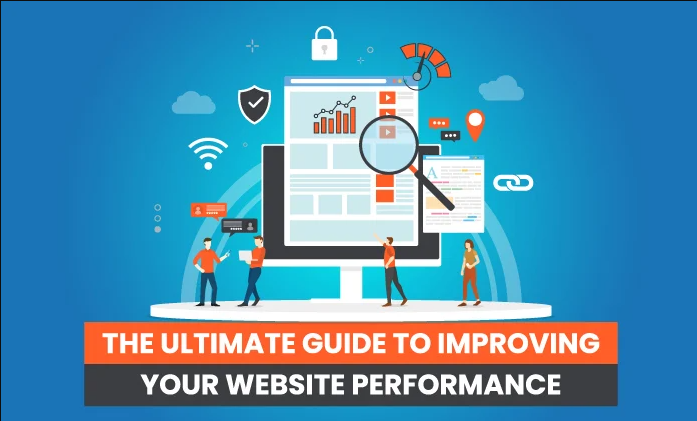Choosing a hosting provider is one of the most critical decisions you make when setting up a website & sites performance. It’s not just about where your website lives on the internet; it’s about the quality of that living space. The hosting provider you select can significantly influence your sites performance, which in turn affects user experience, search engine rankings, and ultimately, the success of your online presence.
Table of Contents
The Basics of Web Hosting
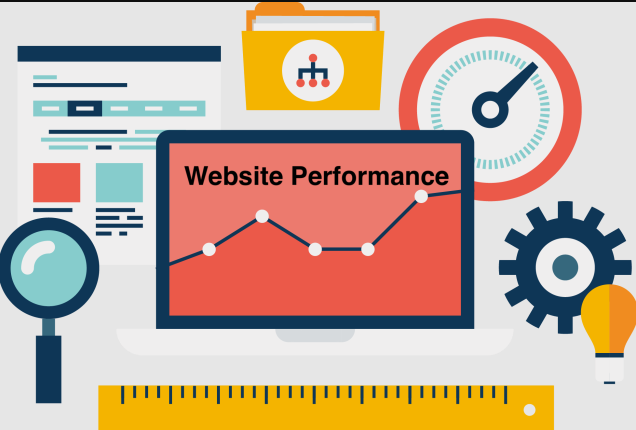
Before diving into how hosting providers impact your site’s performance, it’s essential to understand the basics of web hosting. Web hosting is a service that allows you to post a website or web page onto the internet. A web host, or hosting service provider, provides the technologies and services needed for the website to be viewed on the internet. Websites are hosted on special computers called servers.
Types of Web Hosting
There are several types of web hosting available, and each has its advantages and disadvantages:
- Shared Hosting: Multiple websites share a single server’s resources. It is the most economical option but can lead to performance issues if other sites on the server consume too many resources.
- VPS Hosting (Virtual Private Server): A physical server is divided into several virtual servers, giving you dedicated resources. It’s more stable and reliable than shared hosting.
- Dedicated Hosting: You lease an entire server for your website. It offers the highest level of performance and control but at a higher cost.
- Cloud Hosting: Uses a network of virtual servers in the cloud. It offers excellent scalability and reliability.
- Managed Hosting: A service where the hosting provider takes care of all technical aspects, including maintenance, security, and updates.
Key Performance Metrics Affected by Hosting

Several critical performance metrics are directly influenced by your hosting provider. Understanding these metrics can help you choose the best hosting for your needs.
1. Speed and Load Times
Website speed is crucial for user experience and SEO. A slow website can frustrate users and increase bounce rates. Google also considers site speed as a ranking factor. Your hosting provider impacts speed in several ways:
- Server Response Time: The time it takes for the server to respond to a request. Faster response times lead to quicker load times.
- Bandwidth: The amount of data that can be transferred between your site and its users in a given time. Higher bandwidth means faster data transfer.
- Resource Allocation: The amount of CPU, RAM, and storage allocated to your site. More resources generally mean better performance.
2. Uptime and Reliability
Uptime refers to the amount of time your website is available and accessible to users. Downtime can be costly, leading to lost revenue and a damaged reputation. Reliable hosting providers offer high uptime guarantees, often 99.9% or higher.
3. Scalability
As your website grows, your hosting needs may change. Scalability refers to the ability to upgrade your hosting resources easily. Cloud hosting and VPS hosting offer excellent scalability, allowing you to adjust resources as needed without significant downtime.
4. Security
Security is a critical aspect of web hosting. A good hosting provider offers robust security measures, including firewalls, DDoS protection, SSL certificates, and regular backups. Security breaches can lead to data loss, downtime, and a damaged reputation.
How Hosting Providers Influence Sites Performance
Now that we understand the key performance metrics, let’s explore how hosting providers directly impact these areas.
1. Server Infrastructure
The quality of the server infrastructure used by your hosting provider plays a significant role in performance. High-quality servers with modern hardware and SSD storage provide faster load times and better reliability.
2. Data Center Locations
The physical location of data centers can affect your website’s speed. If your primary audience is in North America, hosting your site on a server in Asia can lead to slower load times due to the increased distance data must travel. Many hosting providers offer data centers in multiple locations, allowing you to choose the one closest to your audience.
3. Content Delivery Network (CDN)
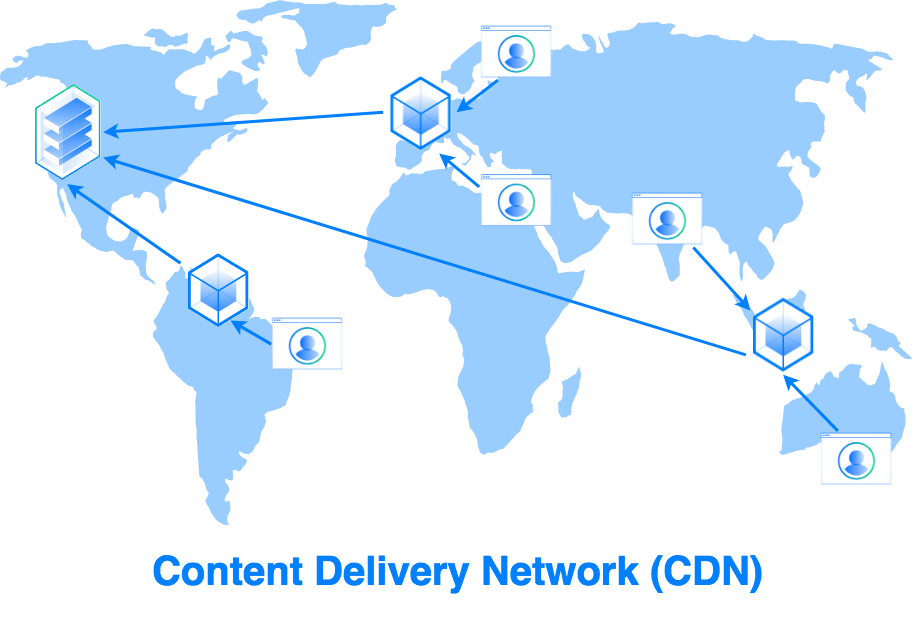
A CDN is a network of servers distributed globally that cache and deliver your site’s content from the nearest server to the user. Many hosting providers offer CDN integration, which can significantly improve load times for users around the world.
4. Resource Management
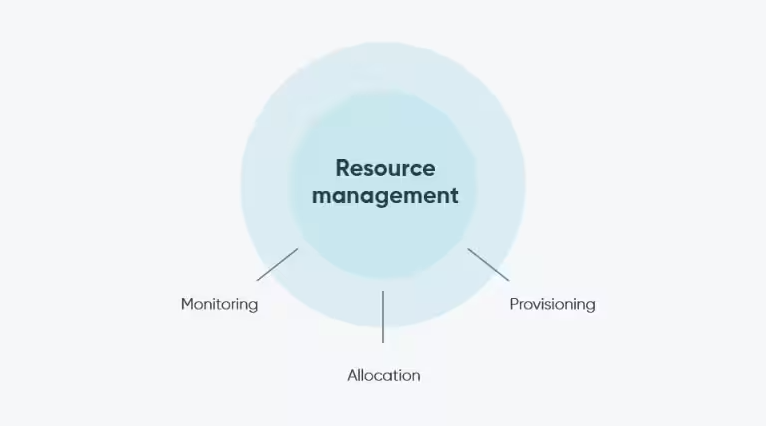
Hosting providers that oversell their servers can lead to resource contention, where multiple websites compete for the same resources, resulting in slower performance. Choosing a provider that carefully manages resource allocation ensures more consistent performance.
5. Technical Support
Good technical support can be the difference between quickly resolving an issue and experiencing prolonged downtime. Hosting providers with 24/7 support and knowledgeable staff can help address performance issues promptly.
Case Studies
Case Study 1: Impact of Shared Hosting on an E-commerce Site
An e-commerce site hosted on a shared server experienced frequent slowdowns during peak traffic times. The site’s owner noticed that page load times increased significantly during sales events, leading to a drop in sales. After switching to VPS hosting, the site enjoyed faster load times and better handling of high traffic volumes, resulting in increased sales and customer satisfaction.
Case Study 2: Benefits of a CDN for a Global Audience
A blog with a global audience saw high bounce rates from users in regions far from its server location. Implementing a CDN through their hosting provider drastically reduced load times for international users. The result was lower bounce rates and higher engagement from a global audience.
Choosing the Right Hosting Provider
Selecting the right hosting provider requires careful consideration of your specific needs. Here are some steps to guide you:
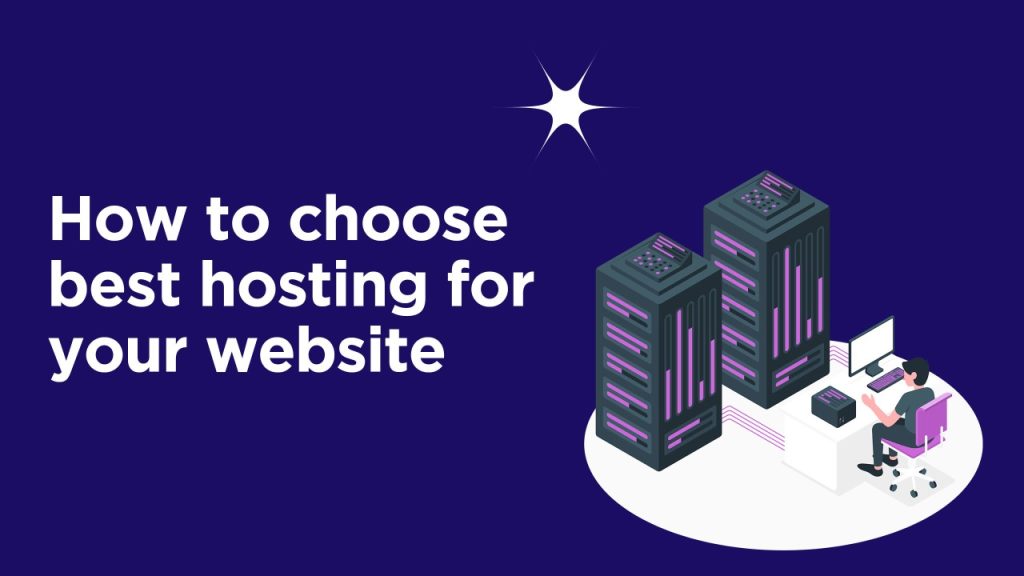
- Assess Your Needs: Consider the type of website you have (e.g., blog, e-commerce, corporate site), expected traffic, and growth projections.
- Research Providers: Look for hosting providers with good reviews, high uptime guarantees, and robust security measures.
- Compare Features: Evaluate the features offered by different providers, such as data center locations, CDN availability, scalability options, and technical support.
- Test Customer Support: Reach out to the support teams of potential providers to gauge their responsiveness and expertise.
- Consider Future Growth: Choose a provider that offers easy scalability options to accommodate your website’s growth.
Conclusion
Your hosting provider plays a pivotal role in your website’s performance. From speed and reliability to security and scalability, the right hosting solution can enhance user experience, improve SEO rankings, and support your online growth. By understanding how hosting impacts these areas and carefully choosing a provider that meets your needs, you can set your website up for success.

